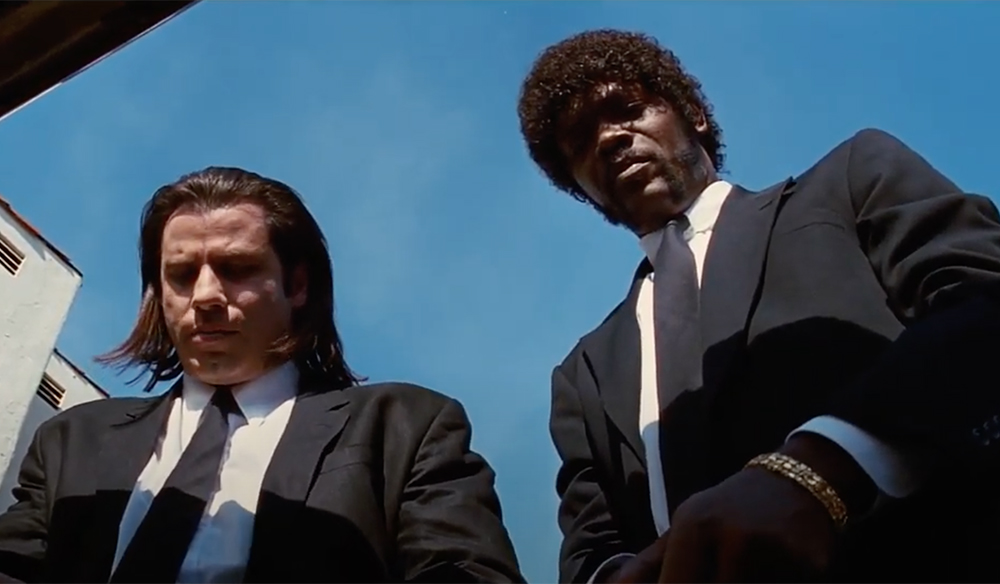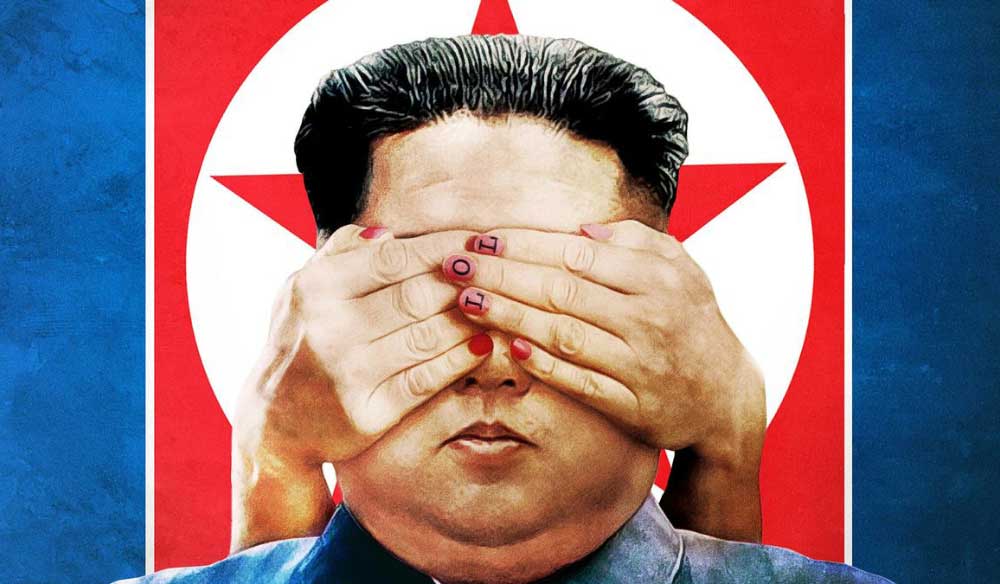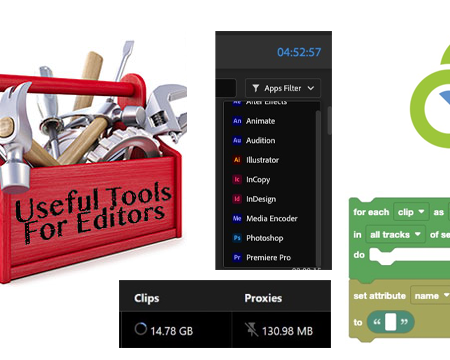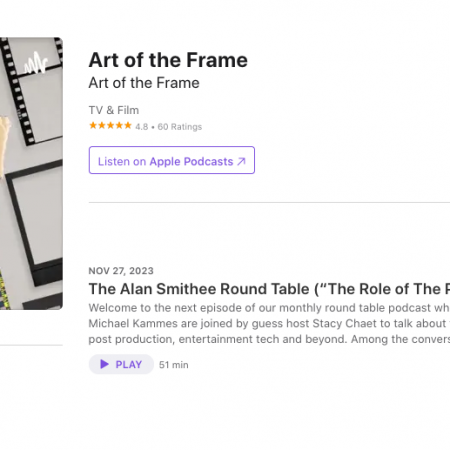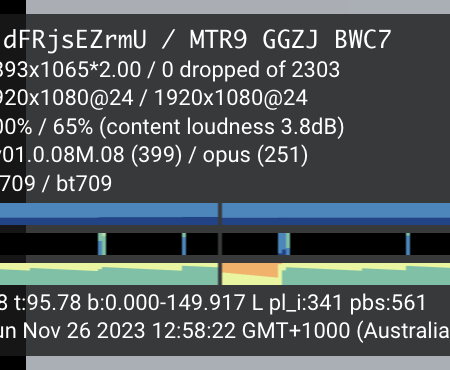The Western film genre is a true icon of cinema, with its recognizable tropes and unforgettable characters. And with new productions on the horizon, some say the once-dead genre is making a slow comeback. But did it ever really go away?
From the earliest days of silent film to the rise of major Hollywood studios, the classic Western has been a staple of mainstream cinema. Legendary names like John Ford, John Wayne, and Errol Flynn helped shape the genre with sprawling landscapes, individualistic themes, and the now-familiar sheriffs, outlaws, and Native American storylines.
But as audiences grew tired of the same old stories, a Revisionist Western emerged, challenging the traditional good guy vs. bad guy dualism. Anti-heroes and anti-Westerns like The Wild Bunch and Django took center stage, along with the Japanese-influenced Italian “Spaghetti Westerns.”
As the genre continued to evolve, contemporary and neo-Westerns emerged, with films like Dirty Harry and No Country for Old Men. And let’s not forget the Fantasy Western and Space Western subgenres, with iconic films like Star Wars and unique examples like Cowboy Bebop and Guardians of the Galaxy.
Today, the Western genre remains one of the most popular and safest options for mainstream appeal, with technical aspects that are favorable for filmmakers on a budget. Whether you’re adapting modern stories or finding new and unique ways to implement elements of the Western in your hybrid productions, it’s helpful to be familiar with and understand the genre’s rich history.
So saddle up and explore the different types of Western sub-genres, and how filmmakers can best utilize all the gunslinging, high-riding tropes this genre has to offer. And for more insights and advice on Western and genre filmmaking, check out our related articles below.


